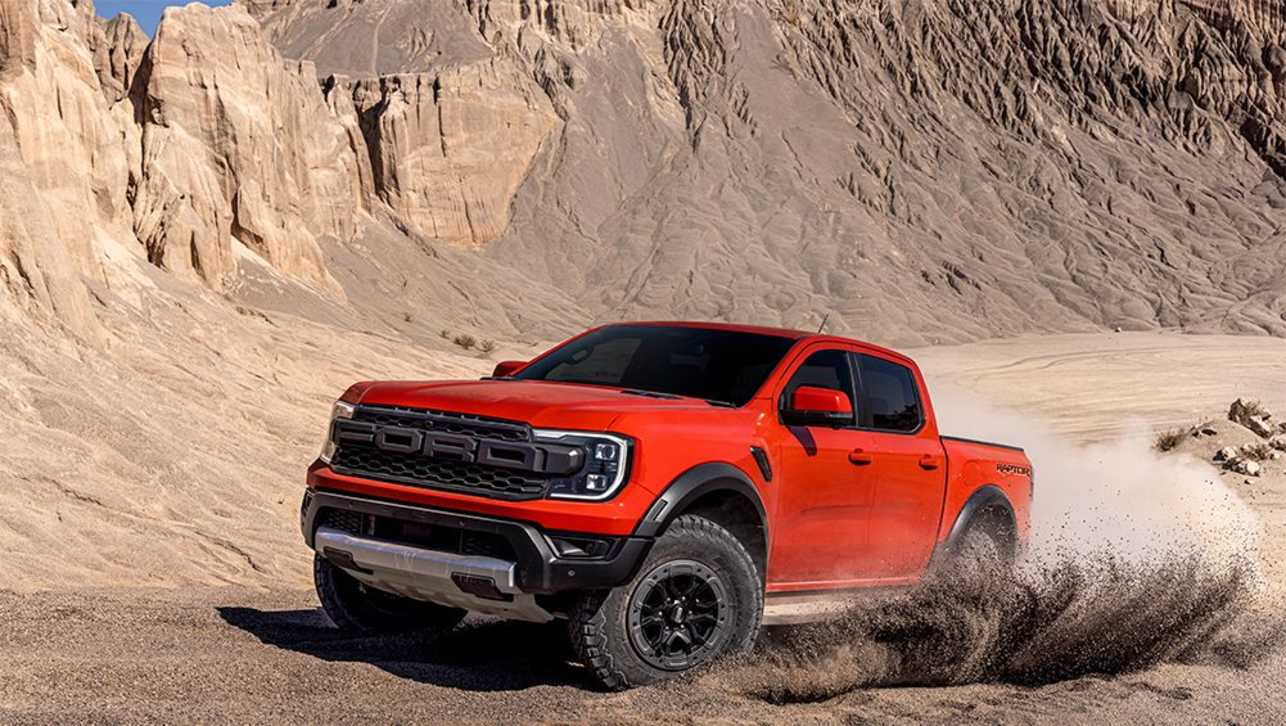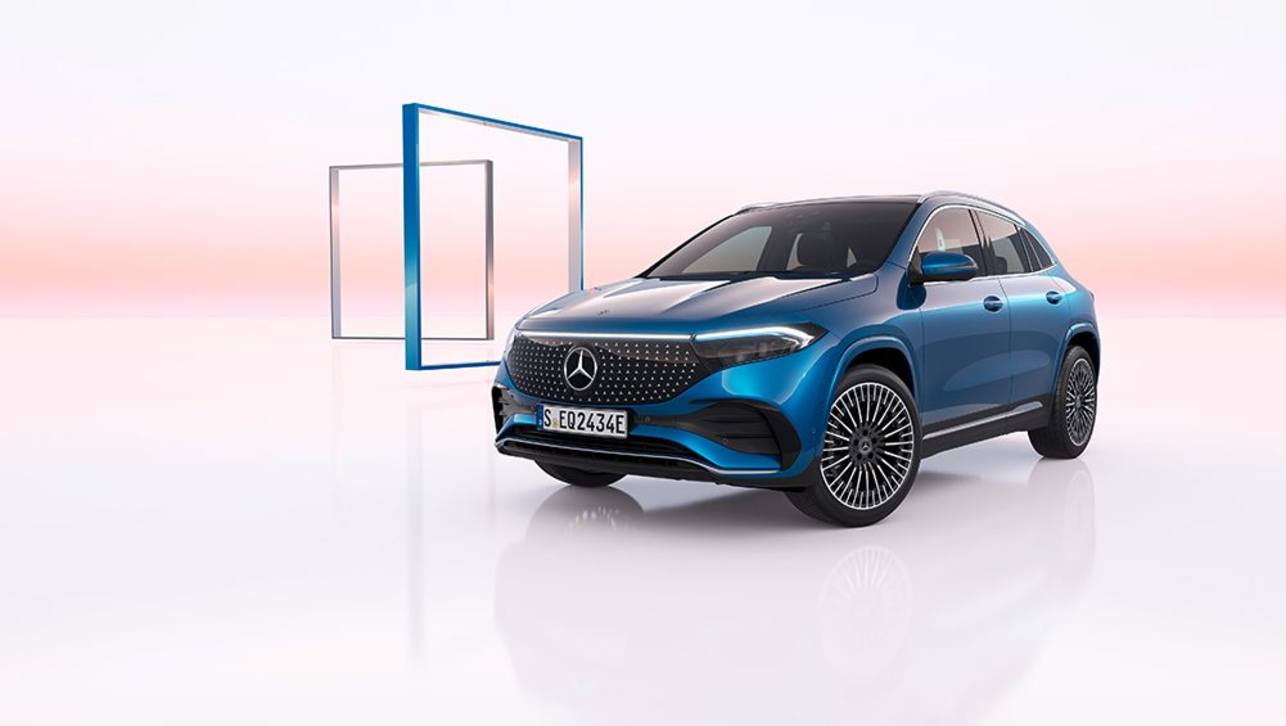The original Ford Mustang was designed to appeal to Baby Boomers coming of age and looking for an adventurous and exciting performance car that would define their generation.
The new 2023 Mustang is once again making a pitch at younger buyers, but this time Ford isn’t just relying on a V8 engine to lure them in, instead it’s pushing more smartphone-inspired technology.
While the exterior of the new Mustang is an evolutionary design, the cabin is a revolution. The sixth-generation featured a retro theme, inspired by the car’s glory days in the 1960s. The 2023 Mustang is all about the latest technology and comes with huge digital screens that are what younger buyers are demanding, according to the company’s interior design manager, Ricardo Garcia.
The entry-grade model will still have two large screens - a 12.3-inch digital instrument display and a 13.3-inch multimedia touchscreen - but that will be clearly defined as separate. The high-grade models, however, get the same screens but in what Ford calls a ‘continuous’ display, which incorporates both screens into what appears to be a single piece.
The introduction of this new technology has meant some of the key retro-design features from the sixth-generation had to be dropped, most notably the ‘double brow’ dashboard feature that harked back to the 1960s original.
Mr Garcia, who oversaw the interior design for the new Mustang, explained the reasons behind the dramatic change and admitted it was a tough call to drop the now iconic ‘double brow’ dashboard.
“Yes, it was a hard decision,” Mr Garcia told CarsGuide this week in Detroit. “We asked, ‘how do we change this from this classic look?’ A lot of input came from the customer, we did the [design] buck and showed it to the customer and the impression we got from them was really positive and helped us.”
In addition to the changed look the new screens bring, they have also allowed for more advanced graphics and useability for owners to customise. To this end Ford is using the ‘Unreal’ 3D graphics engine for the displays, the same software engine used for many popular video games.
This allows for the instrument panel to run up to six different displays - Normal, Sport, Track, Calm and the retro-themed Fox Body Day and Night - demonstrating the brand hasn’t completely abandoned retro design elements but simply modernised them.
.jpg)
In addition, the centre screen can run a variety of customisable auxiliary gauges, maps, all air-conditioning controls and other functions in high-definition.
“We’re taking advantage of every pixel,” explained Craig Sandvig, Ford Mustang interaction design manager. “We can be creative showing necessary driving information yet also give the driver control to decide how to display everything from selecting colours to classic Mustang gauges to simply creating a ‘calm’ screen where only minimal details are displayed.”
While clearly a step forward from the sixth-generation Mustang, which featured a very 1960s inspired cabin design complete with toggle switches and round air-con vents, Mr Garcia believes this new cabin manages to blend the past with the future.
.jpg)
“All the digital capabilities that the displays offer, we need to move in that direction,” Mr Garcia said. “We needed to game change this whole interior. I feel like we managed to keep a lot of the essence of the Mustang. Like, we’ve got the centre console, the register vents that come up from the exterior elements, the dish steering wheel that brings something back. But that was complete game changer on the ‘double brow.’”
He added: “I’m really excited with the way it came out. We did a lot of iterations, a lot of design thinking ‘what is this going to be?’ But we kept a little bit of that muscle, you can see it in the [design sketches] that it’s very Mustang.”
One retro element that remains is the sixth-generation’s automatic gear-shifter. Interesting though, some of the initial design concepts for the cabin included a version which used the new ‘T-bar’ shifter featured in the Australian-designed Ranger and Everest. Ultimately though it wasn’t used in order to save costs.







.jpg)
.jpg)
.jpg)

.jpg)
.jpg)

.jpg)
.jpg)

.jpg)

.jpg)

.jpg)
.jpg)

.jpg)
.jpg)




Comments